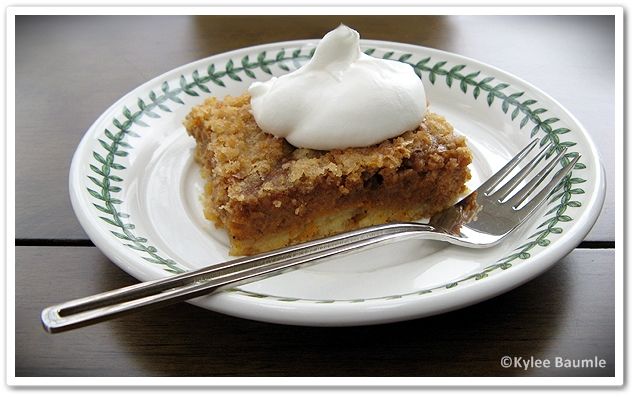This is a story about a book. As you're reading this, you're probably going to think to yourself, "Well, that's rather historical, how nice," and then your attention might wane unless you're interested in that sort of thing. But this is not going to end like you might think...
Thanksgiving weekend, my husband and I spent three days watching the first four seasons of Downton Abbey since we were both too sick to do much of anything else. We're both DA addicts and we thought we'd just start from the beginning and watch them all again in preparation for Season 5, which begins here in the U.S. on January 4, 2015.
It's amazing how much you forget and even more amazing the things you didn't notice the first time around. For example, there was one little detail that I didn't remember in the scene where Mr. Molesley brought a book for Anna to read, in the hopes that he could spend more time with her, discussing it.
While I did remember the scene, I did not previously take note of the title of the book - Elizabeth and Her German Garden.
This time it caught my attention and as a collector of old gardening books, I immediately took to the internet in search of it. It didn't take me long to find an early copy, located in England, where it was first published by MacMillan & Co. in September of 1898. The author is Elizabeth von Arnim, but it was published anonymously and nowhere in the book does it state who the author is.
This particular copy - First edition, 4th reprint, December 1899 - has a bookplate affixed to the front paste down, indicating that it once belonged to Lady Anne Dick-Lauder.
Now that sent me off on a search to see just who this Lady Anne was.
Wikipedia states:
Sir John [Dick-Lauder] married at St. Cuthbert's, Edinburgh [Scotland], on 22 May 1845, Lady Anne (1820–1919), daughter of North Hamilton Dalrymple, 9th Earl of Stair.
Well, that's interesting. I now own a book that belonged to a proper lady who was an aristocrat with maids and everything. Just like the Crawleys.
But the author of the book itself has a storied past that bears mentioning. Born in 1866 in Australia and raised in England, her given name was Mary Annette Beauchamp. First married to a German Count, she went to Germany to live with him, where she wrote this book.
 |
| Elizabeth von Arnim |
Elizabeth and Her German Garden was her first book and it was an enormous success and somewhat controversial, going through several printings in its first year alone. Though the original book had no illustrations, a deluxe illustrated edition was published in 1900. Two of Elizabeth's later books were made into successful movies, one of which starred Bette Davis. The text of this book is available online via Project Gutenberg.
A recurrent theme in Elizabeth's books is that she took great refuge in her gardens, much like those of us who garden today do, even if we don't lead such turbulent lives like that of our dear Elizabeth.
If you've ever read books from an earlier time period such as this (Victorian/Edwardian eras), you know that the English language has evolved with regard to both formal and informal speaking and comprehension can be a little tricky sometimes. Romie and I had a conversation about this as I was looking through Elizabeth and Her German Garden:
Me: Listen to this...
I am always happy (out of doors be it understood, for indoors there are servants and furniture) but in quite different ways, and my spring happiness bears no resemblance to my summer or autumn happiness, though it is not more intense, and there were days last winter when I danced for sheer joy out in my frost-bound garden, in spite of my years and children. But I did it behind a bush, having a due regard for the decencies.
Romie: Yes?
Me: What do you think she's saying?
Romie: She went potty behind a bush.
While writing this blog post, I discovered these articles, which have more information on Elizabeth von Arnim and her recent connection with Downton Abbey:
- Downton Abbey: Elizabeth von Arnim Returns to Life
- Elizabeth von Arnim: The forgotten feminist who’s flowering again



























 "Bejeweled"
"Bejeweled"


